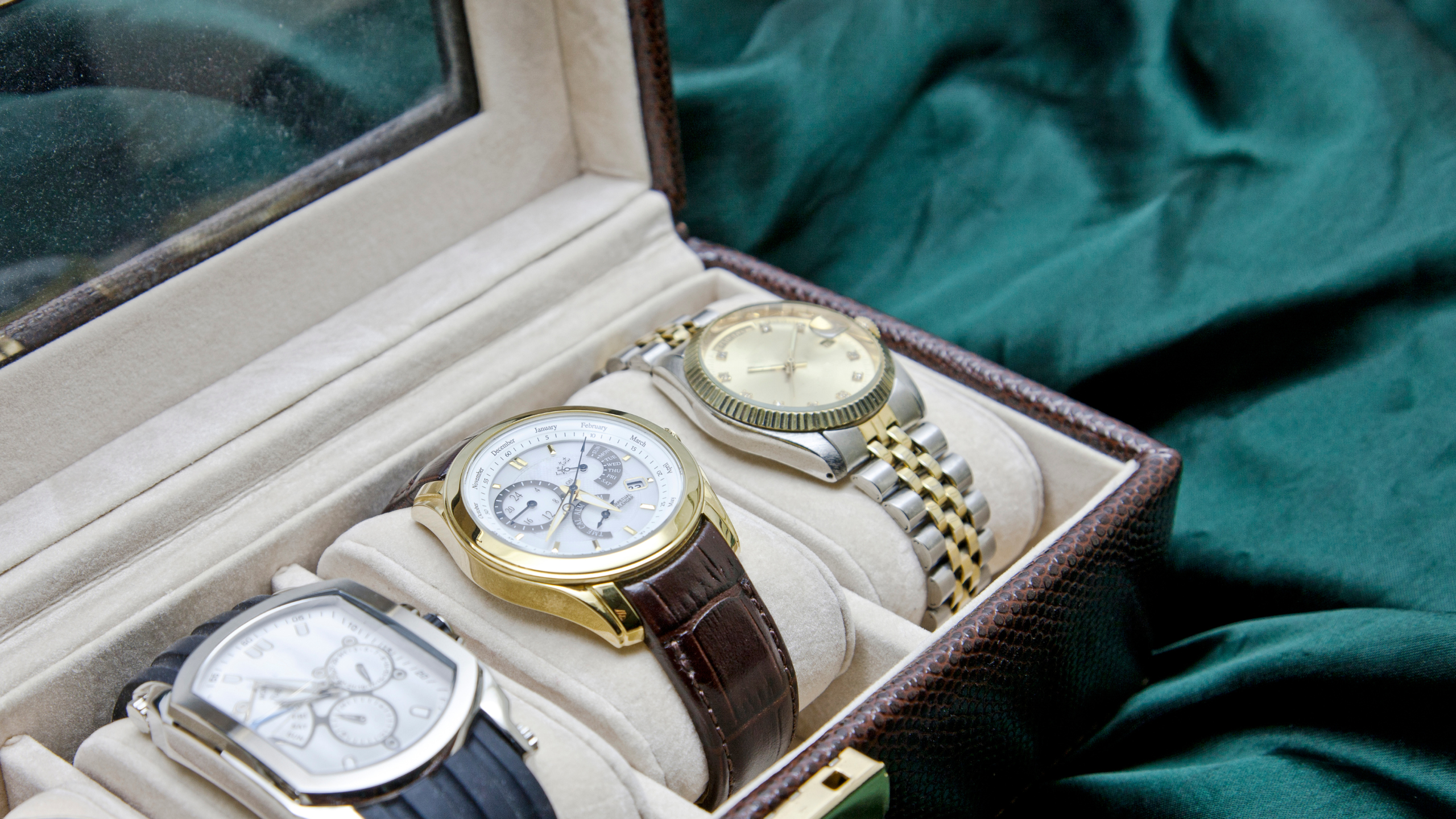Blisterata: The Ultimate Guide to Preventing and Treating Blisters

Blisters—a small thing that packs a painful punch. These fluid-filled sacs are the skin’s way of defending against friction and pressure, but they can be an unwelcome companion during activities as common as a weekend hike or an extra-long shift on your feet. Here’s everything you need to know to avoid them and what to do if one pops up.
Understanding Blisters
Blisters form when the top layer of your skin has been damaged through excessive friction or other adverse conditions, leaving the space beneath filled with clear fluid. Blisterata These bubbles of bodily defense can occur on the hands, feet, or at various body contact points subject to repetitive motion or direct injury.
What Causes Blisters?
Blisters come uninvited due to:
- Friction and Shear forces: Repeated rubbing can lead to the skin layers moving independently, causing blisters to form.
- Heat and Sunburn: Overexposure to heat and UV rays can specifically cause burns that blister.
- Chemical Exposure: Some chemicals can irritate the skin, leading to blisters.
- Allergic Reactions: Certain allergies can manifest as skin irritation, including blistering.
Types of Blisters
Not all blisters are created equal. It’s essential to distinguish between these types:
- Friction Blisters: The most common type, these are a result of shoes that don’t fit properly or intense physical activity causing repetitive motion.
- Blood Blisters: Typically caused by pinching or more severe friction, these have blood instead of clear fluid.
- Thermal Blisters: These appear due to burns, whether from heat or chemicals.
- Blisters Linked to Skin Conditions: Some skin ailments, like eczema or dermatitis, can cause blisters as a symptom.
By recognizing the type of blister you have, you can tailor your treatment and prevention efforts more effectively.
Prevention Techniques
The best strategy for dealing with blisters is to stop them from forming in the first place. Here’s how:
Proper Footwear and Gear
Invest in good shoes—ones that fit correctly and are comfortable for the activities you’re engaging in. A good rule of thumb is to break in new footwear gradually to help prevent blistering, and consider specialty socks that wick moisture away from your skin.
Control the Moisture
Wetness and friction are a blister’s best friends. Keep feet as dry as possible, which might mean changing socks mid-activity or using foot powders to absorb moisture.
Skin Protection
Consider blister-blocking bandages, specialized athletic tape, or lubricants like petroleum jelly to reduce the friction your skin experiences. It’s armor against abrasion.
Treatment Options
If you find yourself a blister victim, quick action can help speed up healing and alleviate the pain.
Home Remedies
Mild blisters may resolve on their own with the help of:
- Application of a cold pack to reduce inflammation
- Keeping the blister clean and covered with an adhesive bandage
- Use of over-the-counter ointments to prevent infection
Medical Interventions
In instances where a blister is large, painful, or becomes infected, it might be time to see a healthcare professional. They can drain and dress the blister to facilitate healing and prevent complications.
Best Practices for Blisters
Knowing when to act and when to wait can make a significant difference in the blister experience.
When to Seek Professional Help
If your blister is severe or if you have a pre-existing condition such as diabetes, it’s wise to consult a professional. They can guide you on the safest course of action.
Tips for Quick Recovery
A few additional strategies to ensure your blister heals quickly and correctly include:
- Allow the blister to drain naturally if it is small and unbroken.
- If a blister breaks, wash the area with mild soap and water, apply an antibiotic ointment, and cover the area with a sterile bandage.
- Keep the blister covered while it heals and avoid popping it to prevent infection.
By following these suggestions, you not only increase your chances of healing quickly but also reduce the likelihood of scar tissue forming.
Conclusion
Blisters can be a nuisance, but with preparation and knowledge, you can minimize their occurrence and manage them effectively when they do arise. Prevention is always the best medicine, and a comfortable, well-protected skin will thank you for it. Remember, an ounce of prevention is worth a pound of cure, especially when it comes to these pesky little bubbles.
Stay blister-free, stay active, and stay informed. Your future pain-free hikes and runs will thank you.



